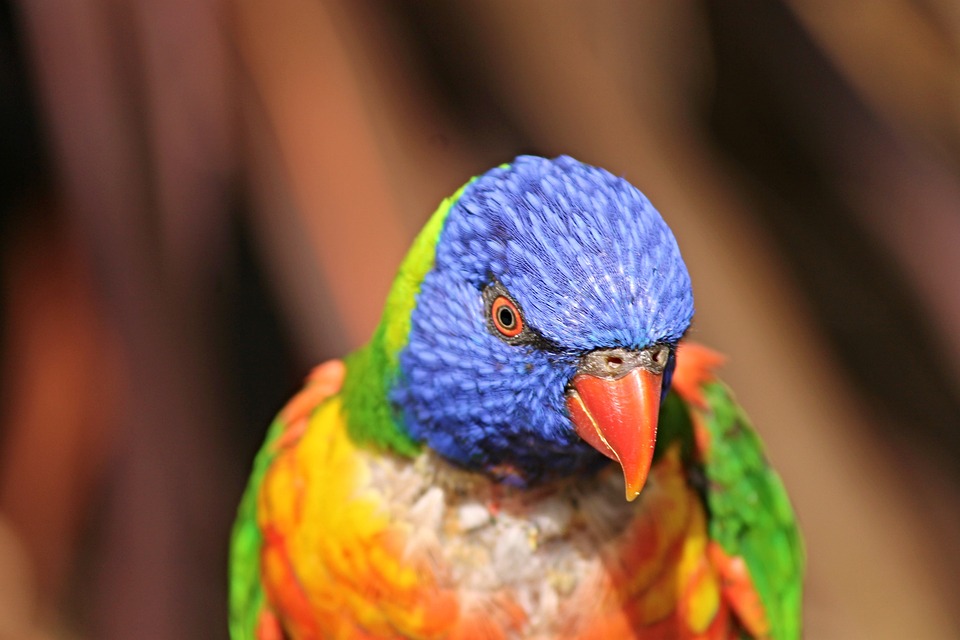Parrots have long been known for their ability to mimic sounds and human speech, making them captivating and entertaining pets. Training your parrot to speak not only enhances your relationship with them but also provides mental stimulation. In this article, we will explore effective techniques and essential tips to help you train your parrot to speak or mimic sounds.
Understanding the Basics of Parrot Training
Positive reinforcement is crucial in parrot training. Rewarding your parrot with treats, praise, or even just attention when they make progress encourages them to continue their efforts. Establishing trust and building a bond with your parrot is also essential. Spend quality time with them, talk to them gently, and avoid any harsh or negative interactions. Patience and consistency are key to successful training. Parrots learn at their own pace, so be patient and repeat the training exercises regularly.
Laying the Foundation: Preparing for Training
Creating a comfortable environment is important for successful training. Ensure that your parrot’s cage is clean and spacious, with plenty of toys and perches. Encourage vocalization by playing music or talking to your parrot in a calm and soothing voice. It’s also crucial to recognize your parrot’s unique vocalizations. They may have specific sounds or “words” they already use, so pay attention and use these as a starting point for training.
Step-by-Step Training Techniques
Start with simple words or sounds. Choose words or short phrases that are easy for your parrot to pronounce. Repeat these words consistently during training sessions. You can also associate words with actions or objects to help your parrot understand their meaning. For example, say “hello” whenever you greet your parrot. This will help them associate the word with a specific action.
Modeling and imitation are important tools in parrot training. Vocalize in front of your parrot to encourage them to imitate you. You can also use audio recordings of words or phrases to help your parrot learn new sounds. When your parrot accurately imitates a sound or word, reward them with treats or praise.
Gradually expand your parrot’s vocabulary by introducing new words or phrases. Use the same techniques of repetition and positive reinforcement. It’s also important to reinforce previously learned sounds to ensure your parrot doesn’t forget them.
Overcoming Challenges in Parrot Training
Identifying and addressing fear or anxiety is crucial in parrot training. If your parrot shows signs of fear or discomfort during training, take a step back and reassess their environment or training techniques. Address any potential sources of fear or anxiety to create a more positive training experience.
Some parrots may display stubbornness or a lack of interest in training. In such cases, it’s important to be patient and find ways to make the training more engaging and rewarding for your parrot. Experiment with different training techniques or seek guidance from an avian behavior specialist if needed.
Avoid negative reinforcement during training. Punishing or scolding your parrot for not speaking or making mistakes can hinder their progress and damage the trust you’ve built. Focus on positive reinforcement and celebrate small achievements to motivate your parrot.
Frequently Asked Questions (FAQs)
1. Can any parrot learn to speak?
Yes, most parrot species have the ability to learn and mimic sounds or speech to some extent.
2. What is the best age to start training a parrot to speak?
Parrots can start learning at any age, but younger parrots tend to be more receptive to training.
3. Are certain parrot species more inclined to mimic sounds?
Yes, some parrot species, such as African Grey Parrots and Amazon Parrots, are known for their exceptional mimicry abilities.
4. How long does it usually take for a parrot to learn to speak?
The time it takes for a parrot to learn to speak varies. It can take weeks to months of consistent training for a parrot to start speaking.
5. Can parrots understand the meaning of the words they mimic?
Parrots can associate certain words with actions or objects, but their understanding may be limited compared to humans.
6. My parrot is vocal but refuses to mimic words. What should I do?
Keep encouraging vocalization and continue with training techniques. Some parrots may take longer to start mimicking words.
7. Can I teach my parrot to speak in different languages?
Yes, parrots can learn to speak words or phrases in different languages with consistent training.
8. Are there any risks involved in parrot training?
Parrot training itself is not risky, but it’s important to ensure a safe environment and use positive reinforcement techniques to avoid any negative effects on your parrot’s well-being.
Conclusion
By employing positive reinforcement techniques, creating a nurturing environment, and building trust, you can successfully train your parrot to speak or mimic sounds. Remember to be patient, consistent, and celebrate small achievements along the way. Training your parrot not only unlocks the power of communication but also strengthens the bond between you and your feathered friend.









